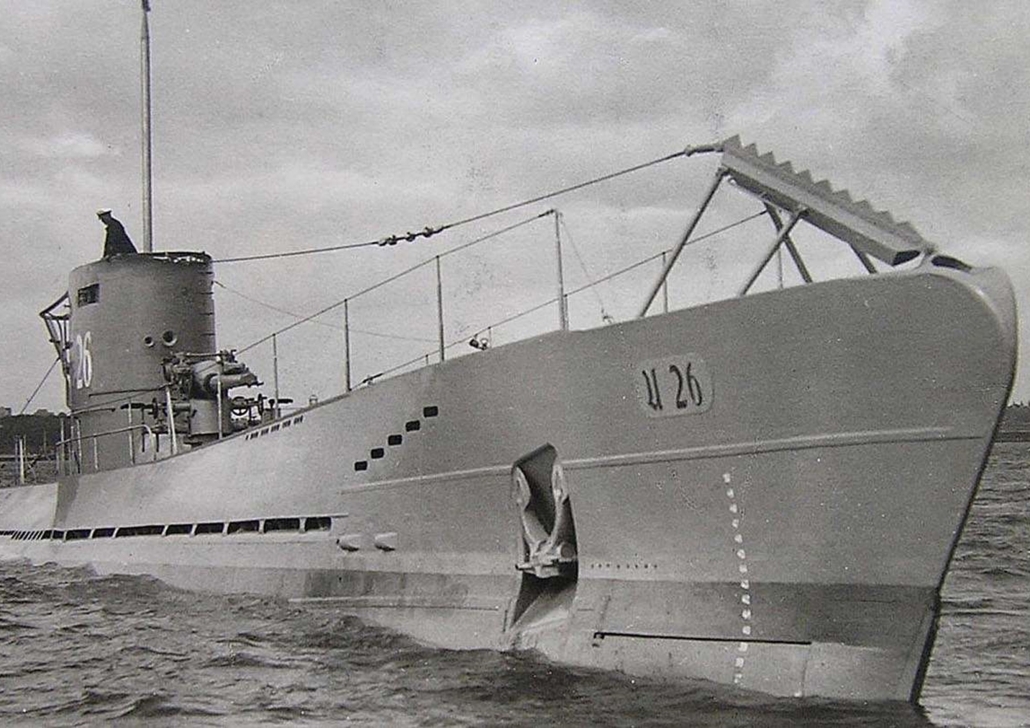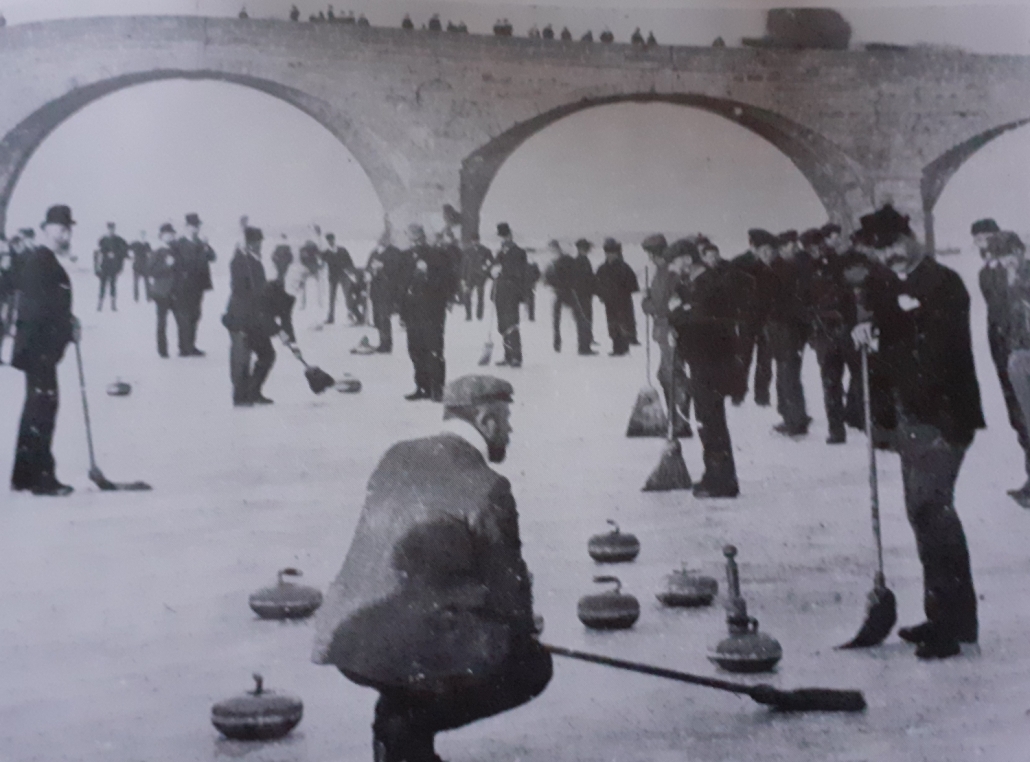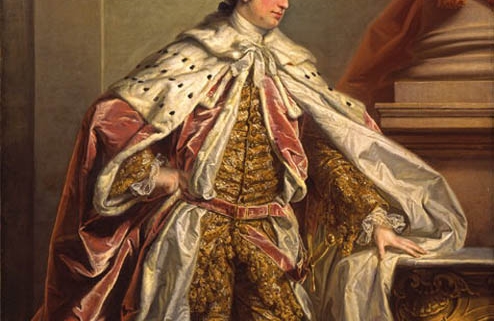It’s 30th June 1940. Captain Heinz Scheringer had taken his vessel out to the southwest of Ireland, looking for cargo vessels to torpedo. It had been quite a successful patrol – they had sunk three allied ships already. That evening they sighted a convoy, and overtook it to set up a night attack.
At 01.18 on 1st July the U-26 fired a torpedo at, and hit, the Zarian; one of the ships in the convoy.
What Captain Scheringer hadn’t known was that he had been sighted the evening before, and HMS Gladiolus, the escort corvette, was already on full alert. Just ten minutes later and the Gladiolus was dropping depth charges based on an Asdic contact – the U-26 at 80 metres depth. The U-boat was badly damaged; one of the aft ballast tanks flooded uncontrollably and she sunk by the stern to 230m (it’s maximum rated depth was just 200m!). 6 hours later she was forced to the surface – but it was dark and luck was temporarily with the U-boat as she managed to avoid notice from the corvette.
At 08.15 a Royal Australian Air Force flying boat spotted the U-26 and forced it back to the surface by dropping some bombs. HMS Rochester had joined the search and was quickly on the scene. The U-26 was now out of luck; with his boat too damaged to dive Captain Scheringer ordered the crew into rafts, and scuttled his submarine. All 48 of the crew on board were picked up by HMS Rochester and taken prisoner.
The official report is that the U-boat Chief Engineer was the last to leave as it sank by the stern. However decades later one of the crew admitted that the British had boarded the submarine – creating speculation as to whether an Enigma machine had been obtained by the British several months before the official records of March 1941 !
And the link to Banff and Macduff ? Well, except for the Captain, all 47 crew were sent by train to Banff Bridge Station, and marched across the river to Prisoner of War Camp Number 5 – Duff House.
“Our accommodation at Banff Scotland turned out to be to a small castle type building that had been converted into a POW camp. There was one big wire fence. I would say it was eight feet high. Everything was so green: grass, pastures and so on. A wonderful location. There was nothing at all for us to there. Our days consisted of a roll call in the morning followed by mutton for breakfast, lunch and supper (with lots of tea but hardly any bread) and a roll call in the evening.”
Words by Karl Mengelberg, Electrician, U-26.
The tranquility of POW Camp No5 however only lasted another couple of weeks – when it was bombed on 22nd July 1940. Hence the Memorial at Duff House sited close to where one of the bombs landed.
A book – “Out of the Blue” – with all known facts and photos about the bombing is available at Duff House, Banff Tourist Hub and on Ebay.
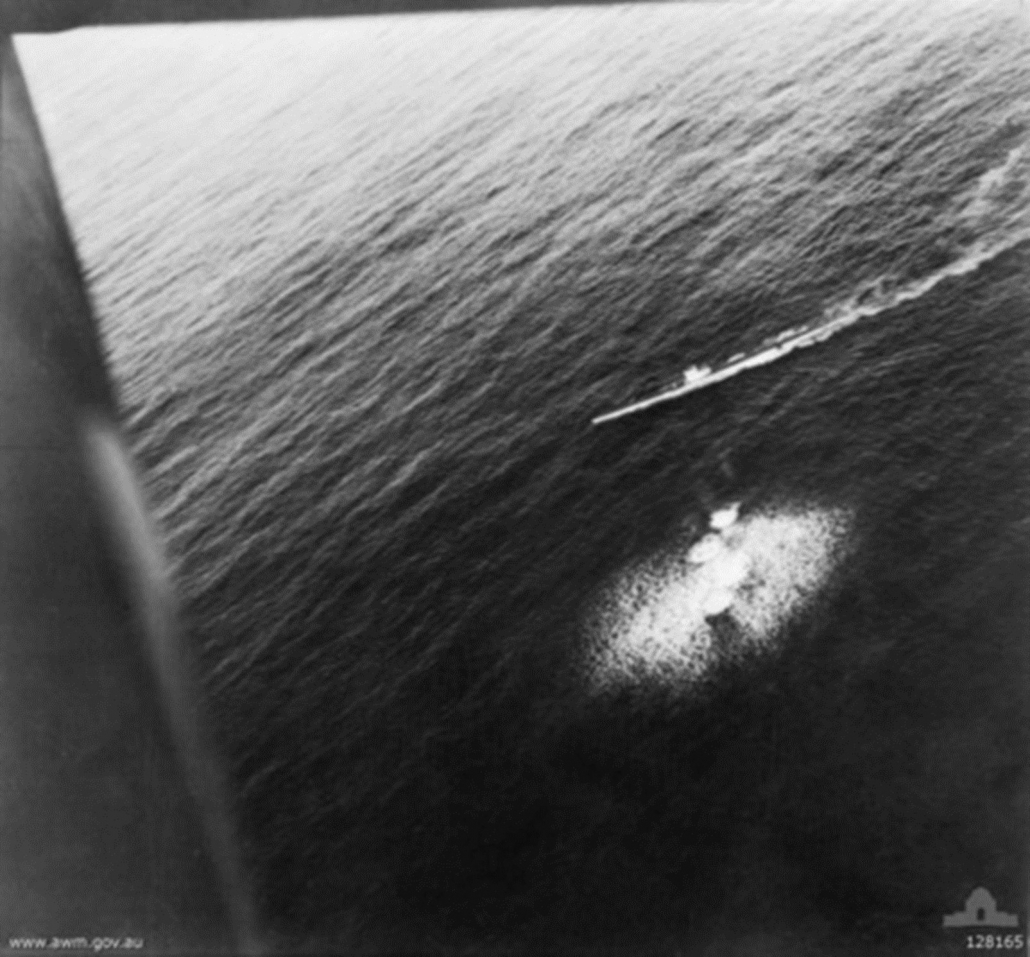
Photo of the actual attack on U-26 Mk. 1 P9603 Royal Australian Air Force Captain Gibson 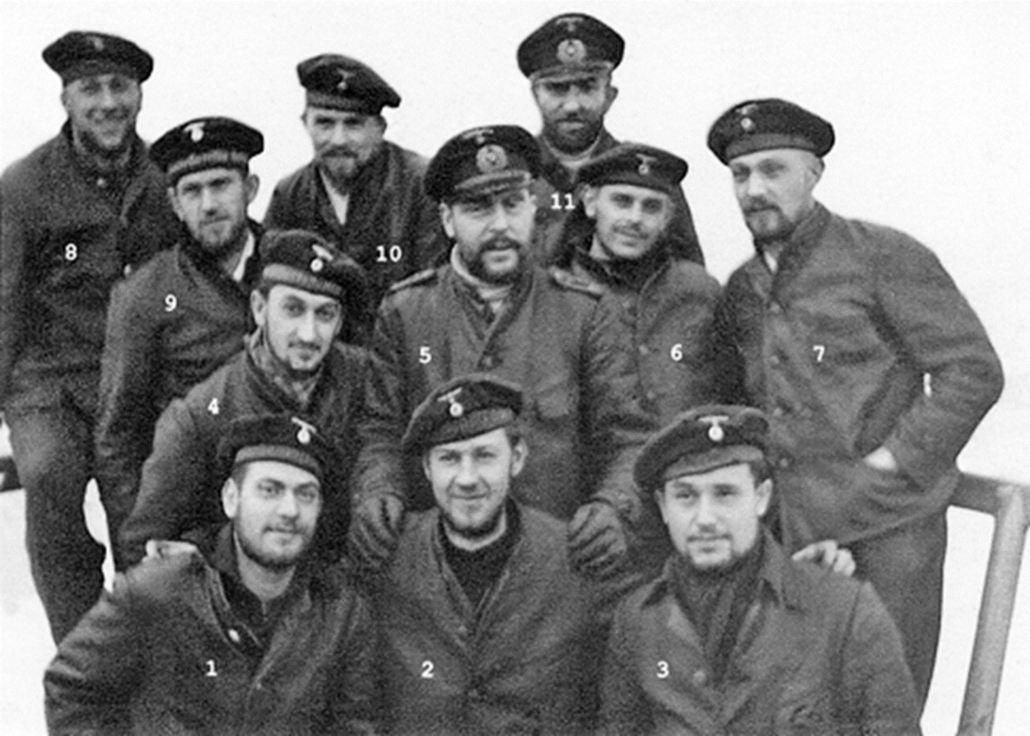
U-26 crew taken soon before the 6th patrol Those that became POW at Duff House: 1. Rudolf Gadedecke Hermann Ackermann (died) Heinz Bökenheide Paul Mengelberg Alfred König Kurt Redieck (died) Alfred Illgen Gerhard Flade (injured) Conrad Marschall (died) 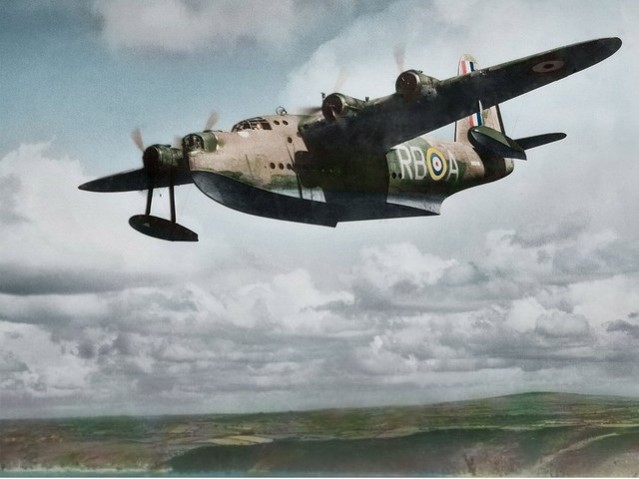
Sunderland Flying Boat Sister aircraft of the same Flight shown 
HMS Gladious Attacked and damaged U-26 Commissioned: 6th April 1940 Sunk: 16th October 1941 Captain: LtCdr H.M.C. Sanders RNR 62 x 10 m overall 940 tones 16 knots Depth charges: 40

